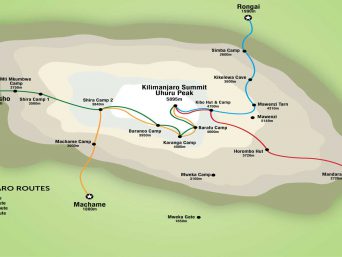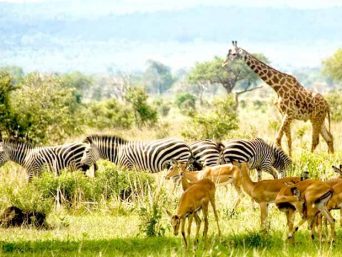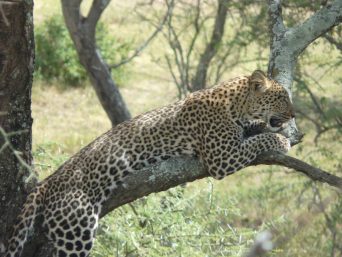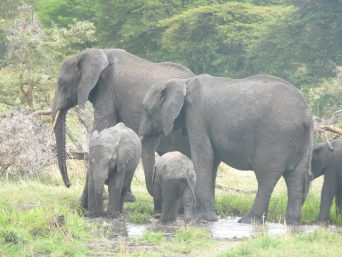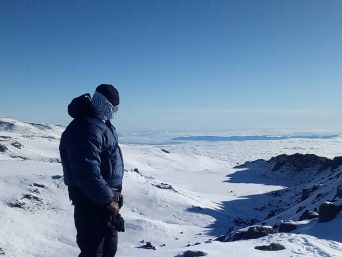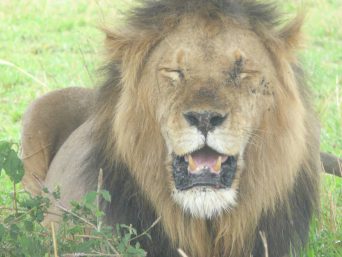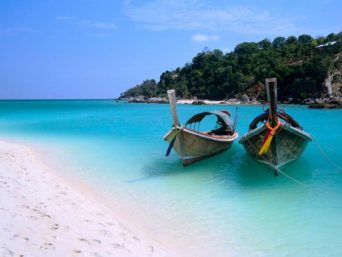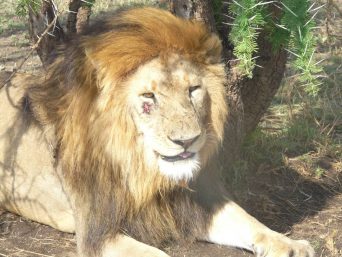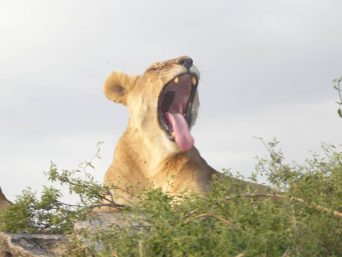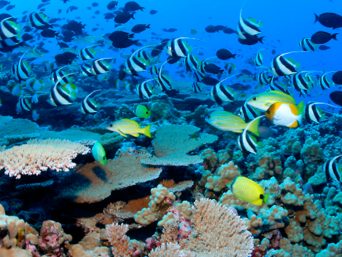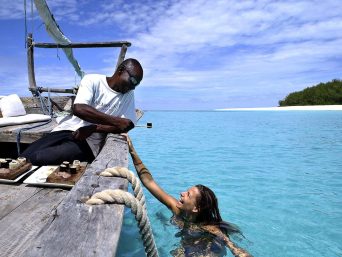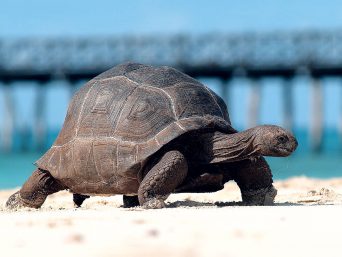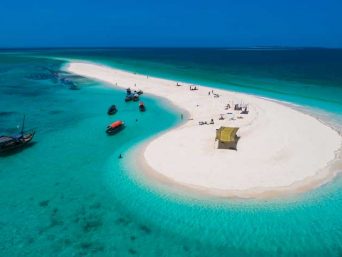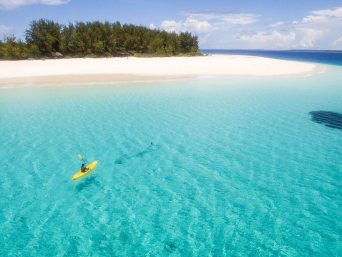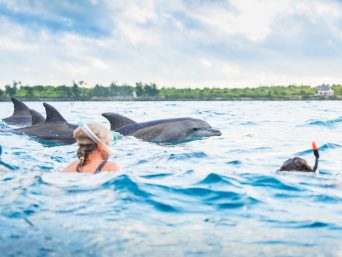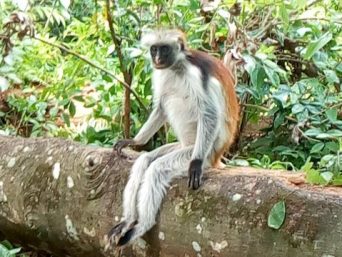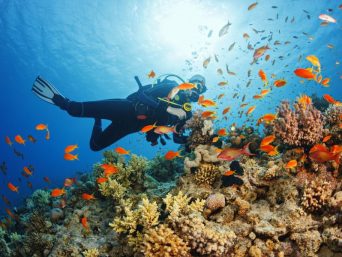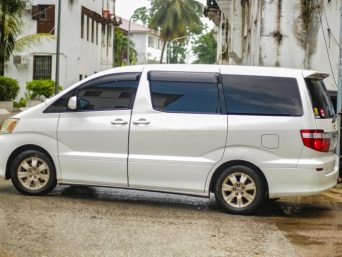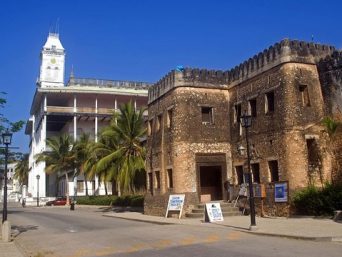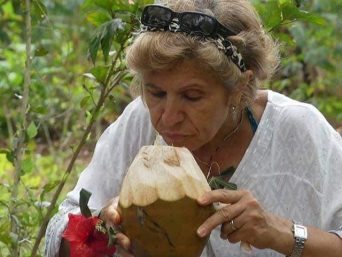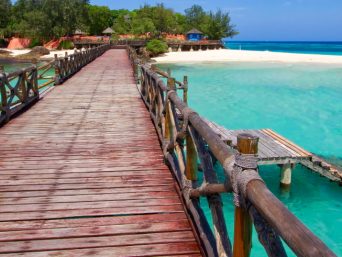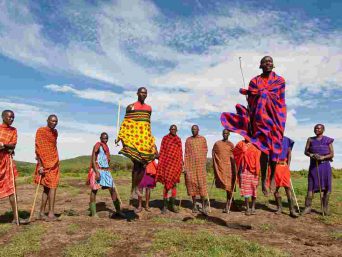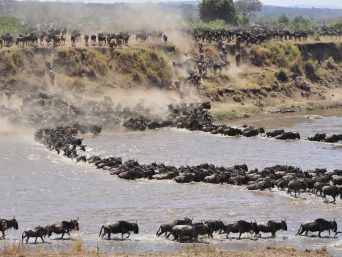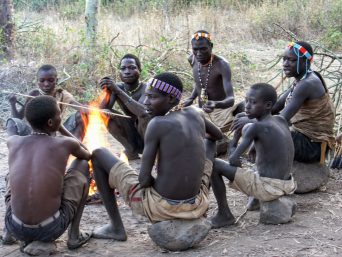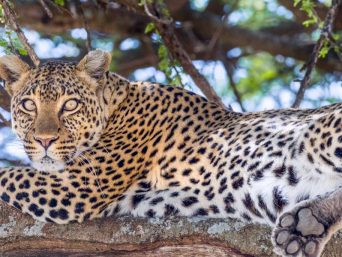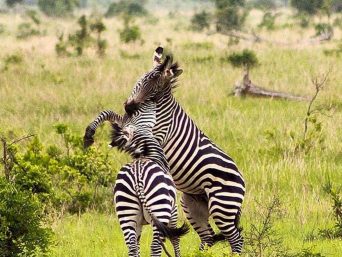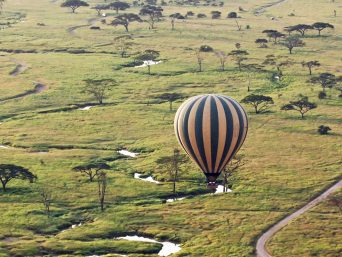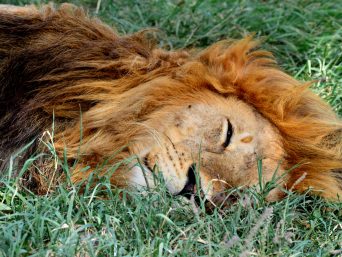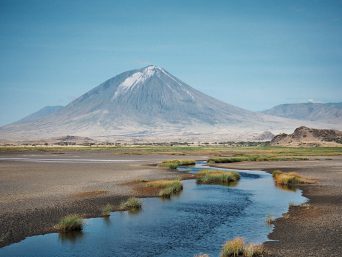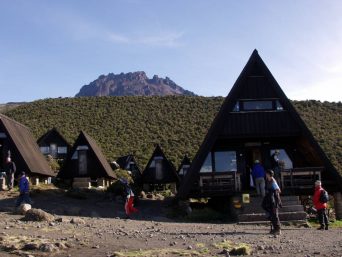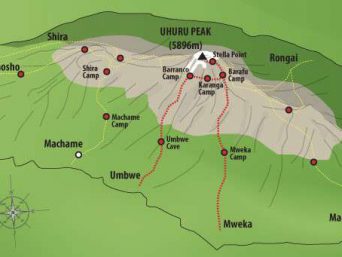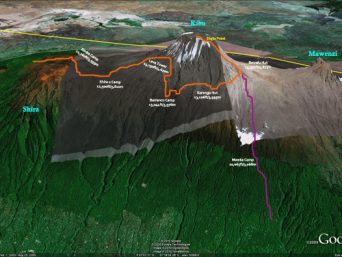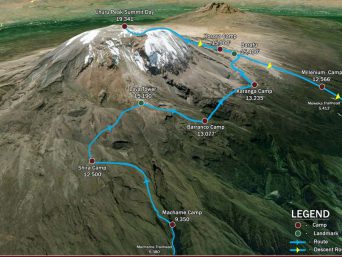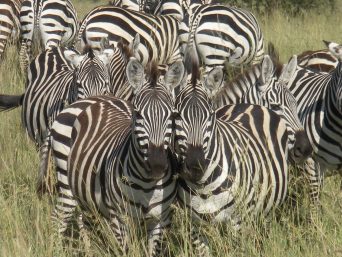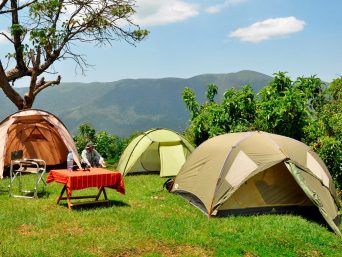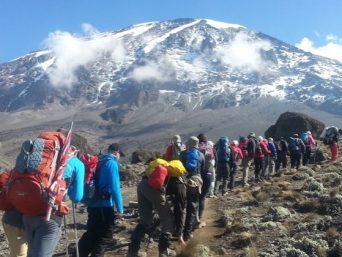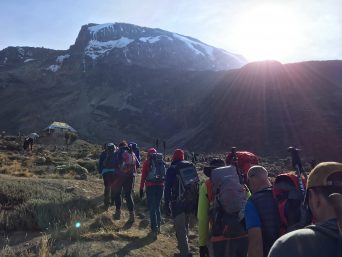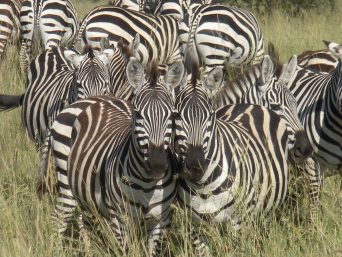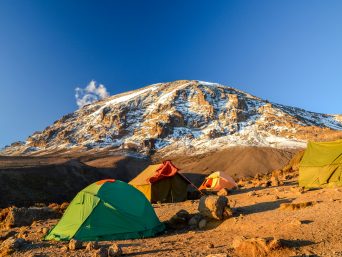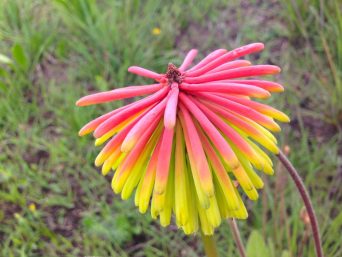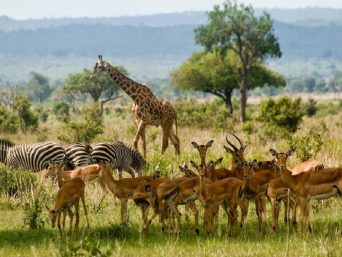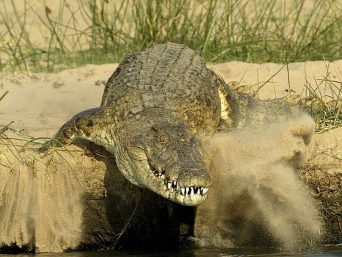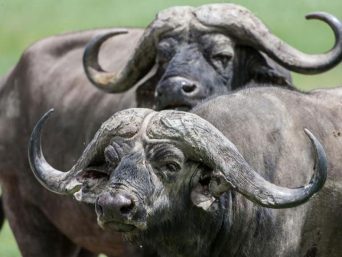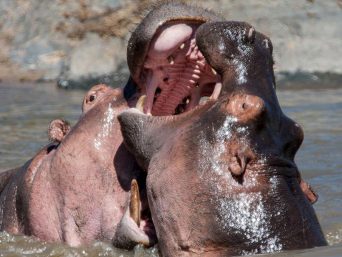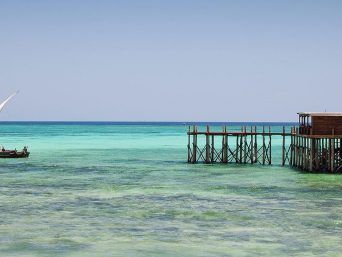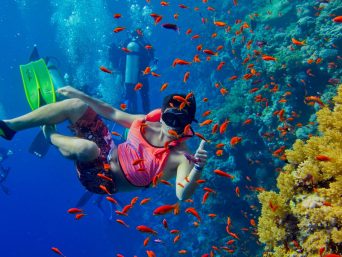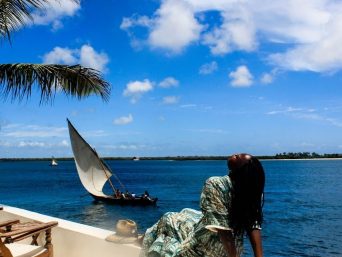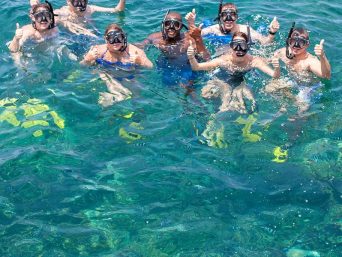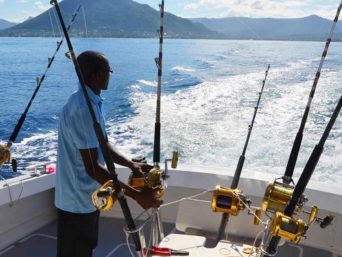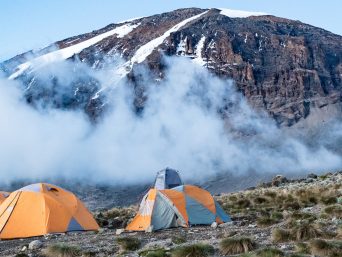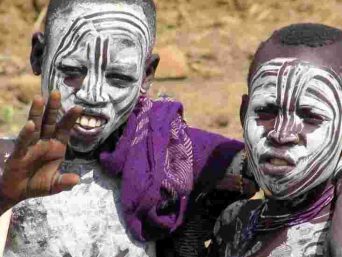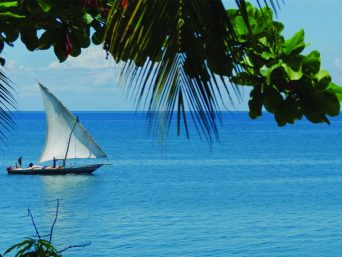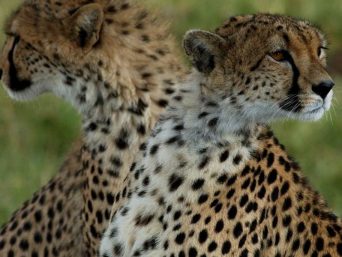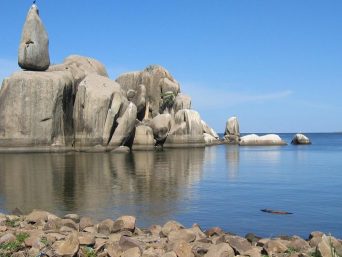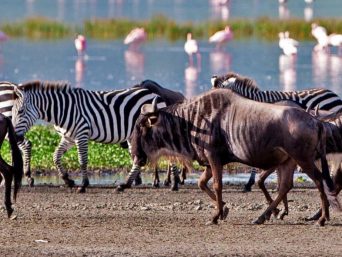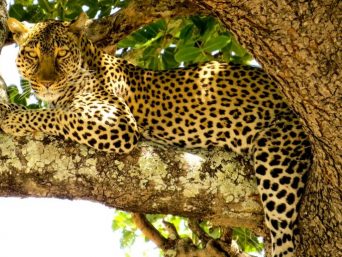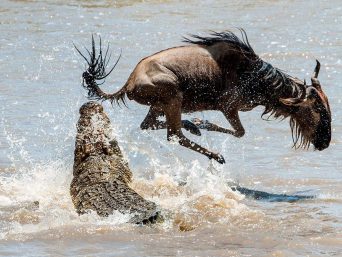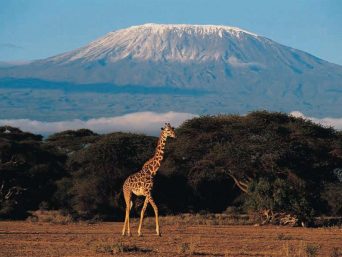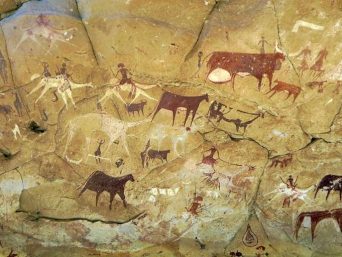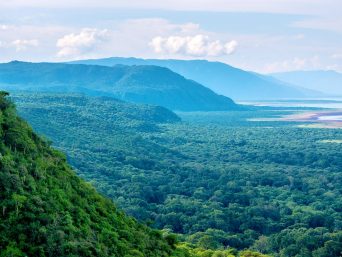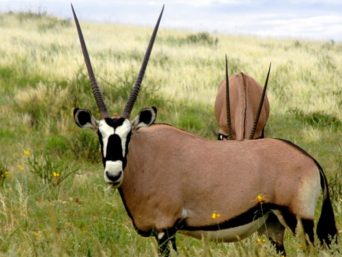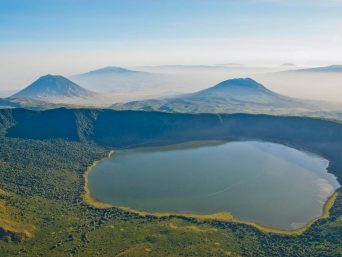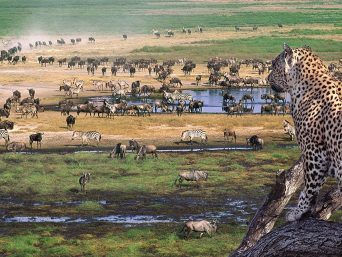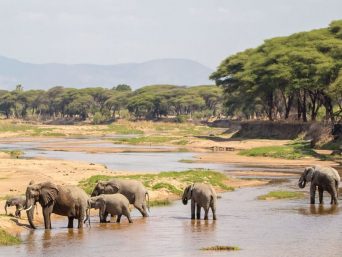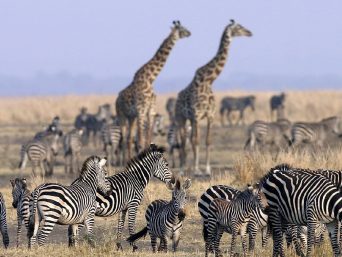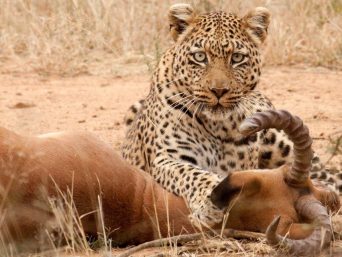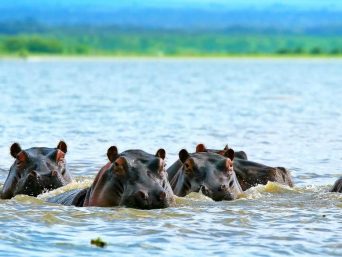Conservation Status: National Park and one of the World Biodiversity hotspots. The full, official name is Udzungwa Mountains National Park.
Established: 1992
Location: Southern Tanzania, 350 Kms from Dar es Salaam; 65 Kms Southwest of Mikumi
Size: 1,990 Kms²
Maximum Length: 80 Kms from Southwest to Northeast
Height A.S.L.:250 m (Mangula) – 2,576 m (Mt Luhomero). The second highest peak is Mt. Mwanihana (2,570 m).
Seasonal Variation: The areas covered by evergreen forests show no significant seasonal variation. The areas covered by miombo savanna are in the “rain shadow” and two well-defined seasons occur: a dry season from May to October and a wet season from October to May. Trekking routes maybe difficult during the period of heaviest rains in March – May.
Precipitation: Great variations occurs depending on altitude and area: mean annual rainfall is 600 m (rain shadows in the north and northwest) – 2,000 m (lowland rain forests in the east and southeast). June – August is practically rainless in the North and Northwest. The Eastern mountains receive some rain all the year round at altitude of more than equal to 1,500 m, but the rainfall is lower in June – October at altitudes of less than 1,500 m.
Temperatures: There is a great variation depending on altitude and season. On the lowlands (250 – 500 m) temperatures are 26 – 34°C in the daytime and 18 – 21°C at night, but high up in the mountains (more than equal to 2,000 m) they are 18 – 25°C by day and occasionally close to 0°C at night.
Activities: Hiking and mountain trekking
One of Tanzania’s most beautiful wilderness areas, the Udzungwa Mountains National Park, is a high forest area and a haven for hikers. This 1,990 sq km park was formed in 1992 by combining several forest reserves. The mountains are a part of the Eastern African Arc, a chain of ancient mountains which run from the Taita Hills in Kenya through the Pare and Usambara ranges to the Uluguru Mountains to Udzungwa. The park covers a wide range of altitudes, from 200 m to Luhombero Peak at 2,576 m, and is the only place in East Africa with unbroken forest canopy over this entire elevation, ranging from miombo woodlands, bamboo forest and lowland forest to montane forest and highland grassland.
Udzungwa’s wildlife is rich, containing Tanzania’s largest variety of primates, ten species including four not found anywhere else – these are the Sanje-crested mangabey, the Iringa (Uhehe) red colobus monkey, the Matundu galago and the Amani mountain dwarf galago (bush baby). Other primates include black and white monkeys, blue monkeys and thick-tailed galago. Rarer animals include red duiker, blue duiker, sun squirrel, bushpig and bushbuck. Over 250 bird species have been recorded including the rufous-winged sunbird and Udzungwa partridge; both are rare endemics and over 1300 species of butterfly, of which 121 are endemic to Tanzania. There are at least 5 unique species of amphibians and reptiles. Lion, leopard, buffalo and hippo are present but mainly in the less accessible parts of the park.
There are six hiking trails in the Park, ranging from an easy hour’s walk to a serious five-day hike up the park’s second-highest peak. The Prince Bernhard Trail starts from the park headquarters and goes to the small Prince Bernhard Falls named after the Dutch prince who as president of WWF opened the park in 1992. Baboons are frequently seen here. Another short trail is the Sonjo Trail passing through miombo woodland and two waterfalls. Primates and birds are the main attractions on this trail. The most popular route is the Sanje Falls Trail that heads through many forest zones to the Sanje Falls, a succession of three waterfalls which drop over 170 m. The first two have splash pools you can swim in providing a refreshing experience; the third has the longest fall.
There are plenty of primates, butterflies and birdlife on this trail. The Campsite 3 Circuit is best for wildlife, giving a chance to see bushbuck and duiker in addition to the primates, butterflies and birds. The Mwanihana Trail, takes you to Udzungwa’s second highest peak at 2,111 m. This trail takes three days and the walk can be very exhausting. And the Lumemo Trail takes about five days and passes along the saddle between Luhomero and Mwanihama peaks. Here you may encounter herds of buffalo and elephant, also provides good bird watching. Armed rangers are needed for these last three trails. There are other paths that run through the forest. Porters and guides are available at the park offices.
Accommodation
There are two modest but comfortable lodges with en-suite rooms near the park entrance. Some camping areas have been established inside the park. More About accommodation here

